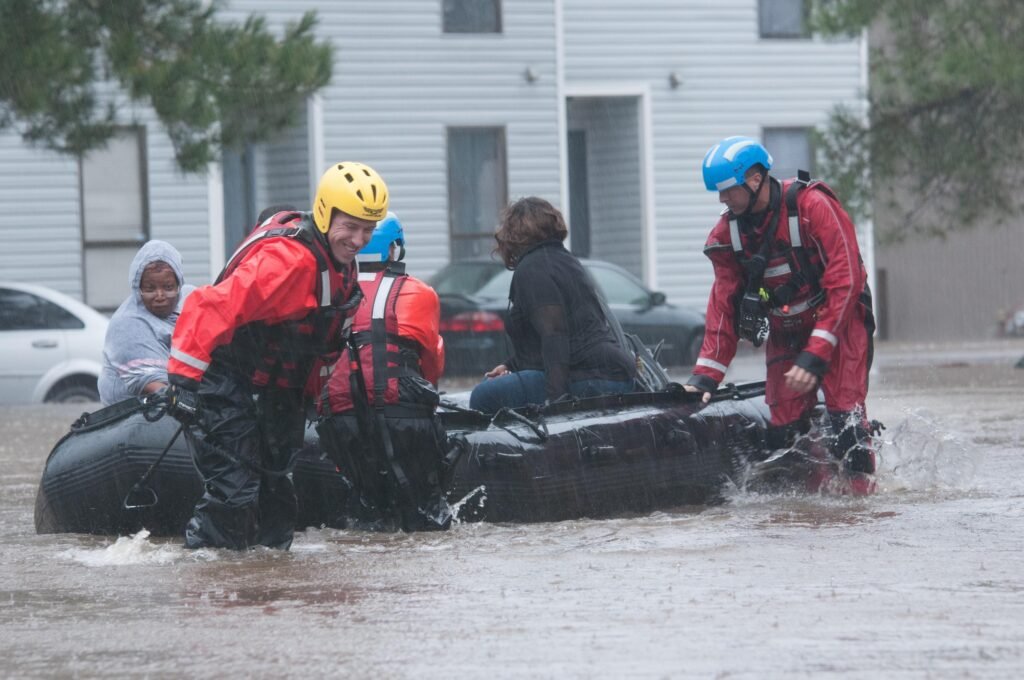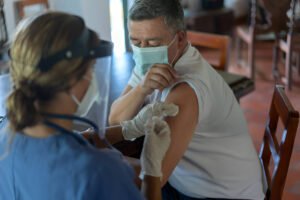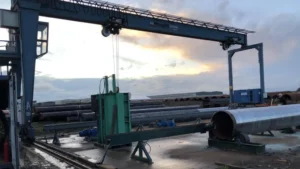The newly released hurricane and flood safety resource by the National Institute for Occupational Safety and Health (NIOSH) marks a major step forward in disaster preparedness and worker protection. Now in its third edition, this resource provides practical, research-backed guidance for employers, responders, and the general public to reduce risks during and after hurricanes and floods.
The newly updated hurricane and flood safety resource by NIOSH serves as a vital guide for protecting workers, communities, and responders during natural disasters.
This hurricane and flood safety resource outlines clear steps for managing risks, ensuring proper training, and using protective equipment effectively. By following the recommendations in this comprehensive hurricane and flood safety resource, organizations can minimize injuries, safeguard property, and strengthen overall disaster preparedness.
1. Understanding the Growing Risks

With the increasing intensity of hurricanes and floods linked to climate change, workers face greater hazards in cleanup and recovery operations. NIOSH emphasizes the need for proper training, protective gear, and safety management systems to handle debris, contaminated water, and unstable structures safely.
2. Updated Guidelines for Employers and Responders
The third edition introduces detailed procedures for employers and emergency teams. It highlights safe practices for electrical work, confined spaces, and floodwater exposure. It also outlines how to set up hazard assessments and maintain communication during crisis operations.
Our Latest News
3. Focus on Worker Health and Mental Well-Being
Beyond physical safety, NIOSH’s latest update addresses mental health challenges workers often experience after disasters. It encourages employers to provide psychological support, regular breaks, and post-event counseling to minimize burnout and trauma.
4. Enhanced Personal Protective Equipment (PPE) Recommendations
The resource provides an expanded section on PPE — including respirators, gloves, waterproof boots, and eye protection — with clear instructions for correct usage, cleaning, and disposal after exposure to floodwater contaminants like mold and chemicals.
5. Special Guidance for Healthcare and Utility Workers
Healthcare professionals and utility workers often face unique risks in post-storm environments. The updated document offers role-specific safety measures such as infection control, electrical isolation, and safe re-entry to damaged medical and power facilities.
6. Updated Communication and Training Tools
NIOSH introduces new printable checklists, multilingual posters, and digital training resources to help employers quickly educate staff about site-specific hazards. These tools make safety communication faster and more accessible, especially in high-risk areas.
7. Coordination with Local and National Safety Agencies
The resource encourages better coordination between federal, state, and local safety bodies. It underlines that hurricane and flood preparedness should be a shared effort involving both government agencies and private organizations to save lives and reduce property loss.
To prepare for future emergencies, NIOSH emphasizes the importance of proactive planning and community awareness. The updated hurricane and flood safety resource encourages employers to conduct regular training sessions, review evacuation routes, and maintain up-to-date emergency kits. These preventive measures help reduce panic, protect lives, and ensure faster recovery after severe storms or flooding events.
Why This Edition Matters
The third edition of the NIOSH Hurricane and Flood Safety Resource is more than just an update — it’s a comprehensive manual for modern disaster resilience. It empowers communities to act faster, stay informed, and keep workers safe during one of nature’s most unpredictable challenges.
About OSHAssociation.org
OSHAssociation.org is an international body dedicated to promoting occupational safety and health standards worldwide. The association offers professional training, certifications, and awareness programs to improve workplace safety practices.
Their global mission is to ensure that safety becomes a cultural value in every organization — protecting workers, enhancing productivity, and fostering sustainable development across industries.






